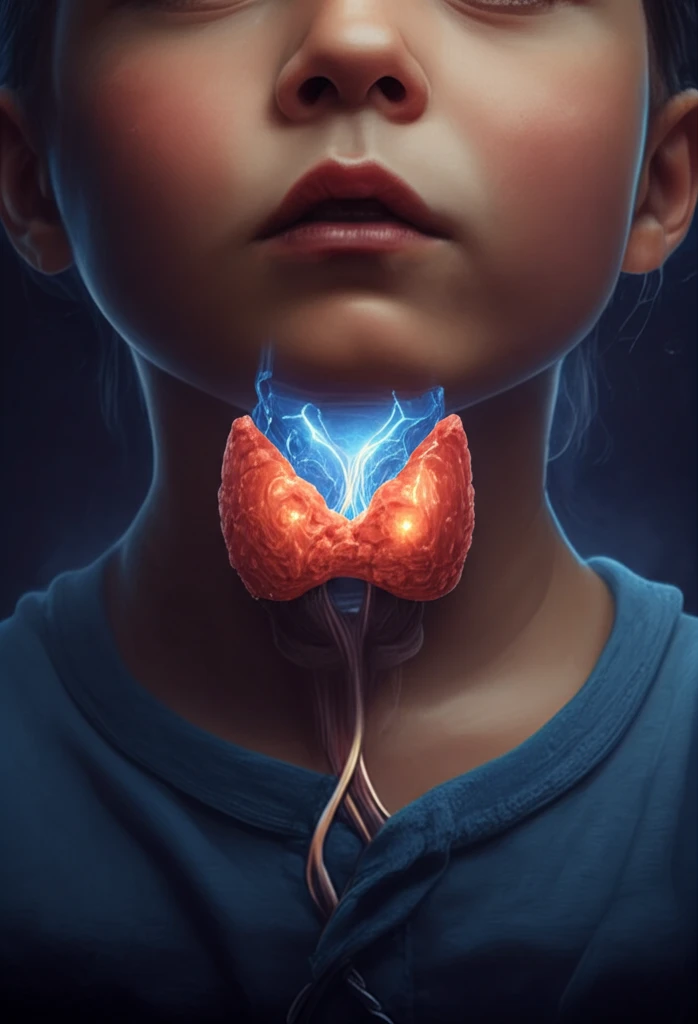
Neck Lump? Understanding Piriform Sinus Fistulas: A Guide for Parents
"Decoding rare congenital neck issues: causes, symptoms, and cutting-edge treatment options for piriform sinus fistulas."
As parents, discovering a lump on your child's neck can be alarming. While many causes exist, one less-known possibility is a piriform sinus fistula (PSF). These rare, congenital abnormalities can lead to recurrent infections and require specialized care. This article will break down what you need to know about piriform sinus fistulas, offering clear explanations and guidance.
Piriform sinus fistulas arise from developmental issues in the third and fourth branchial arches—structures present during embryonic development. Typically, these structures disappear, but sometimes remnants persist, forming a small tract or fistula. Most commonly, these fistulas appear on one side of the neck, but in extremely rare instances, like the case study we'll discuss, they can be bilateral (occurring on both sides).
Understanding PSFs is crucial for early diagnosis and effective management. This guide aims to equip you with information about the causes, symptoms, diagnostic methods, and treatment options available, ensuring you feel empowered to navigate your child's health journey.
What are the Signs and Symptoms of Piriform Sinus Fistulas?

Piriform sinus fistulas can be tricky to diagnose due to their varied and sometimes subtle presentations. However, some common signs and symptoms should raise suspicion, particularly in children:
- Recurrent Neck Abscesses: This is the most common presentation. You might notice a painful, red, and swollen lump in the lower neck, often near the collarbone.
- Suppurative Thyroiditis: Infection and inflammation of the thyroid gland, leading to pain, tenderness, and sometimes fever.
- Upper Respiratory Infections: Infections may precede or exacerbate PSF symptoms.
- Respiratory Distress: In infants, PSFs can cause stridor (noisy breathing), dysphagia (difficulty swallowing), and feeding difficulties if the abscess compresses the trachea (windpipe).
- Normal Thyroid Function: It's important to note that thyroid function is typically normal in children with PSFs.
The Takeaway
While piriform sinus fistulas are rare, understanding their potential impact on your child's health is essential. Armed with knowledge of the symptoms, diagnostic approaches, and treatment options, you can work closely with medical professionals to ensure your child receives the best possible care, paving the way for a healthy, happy future.
